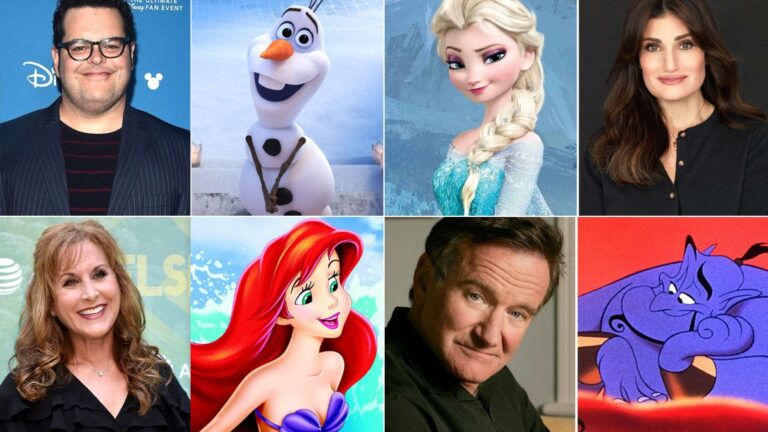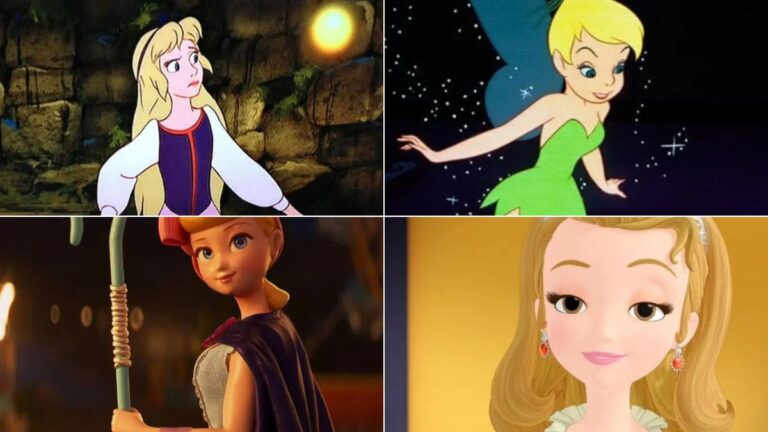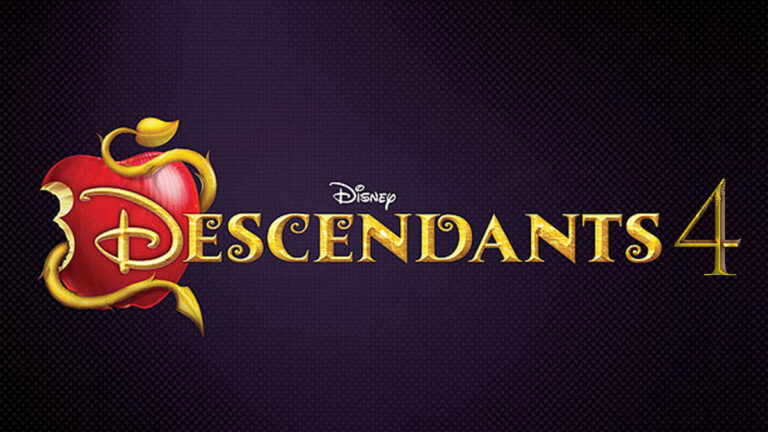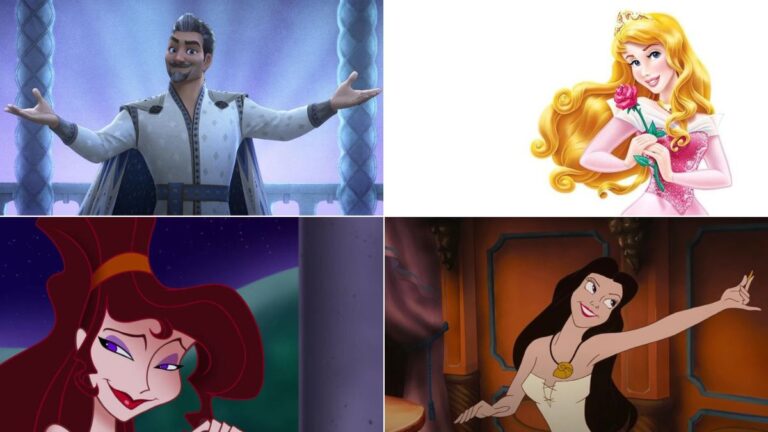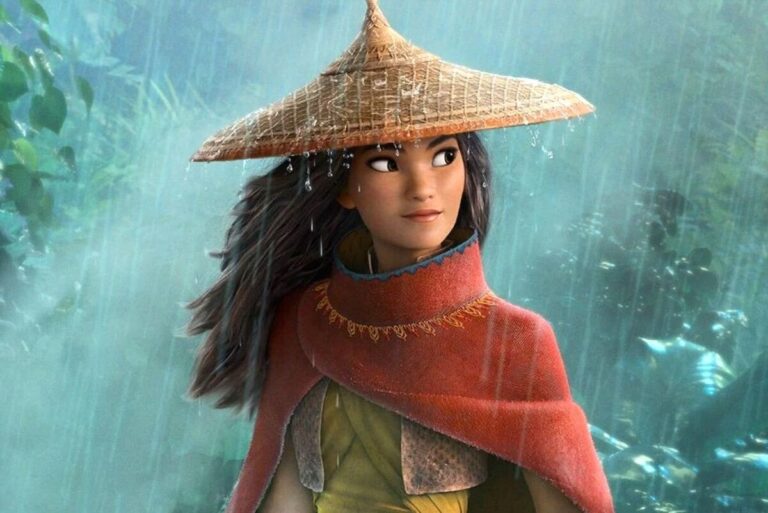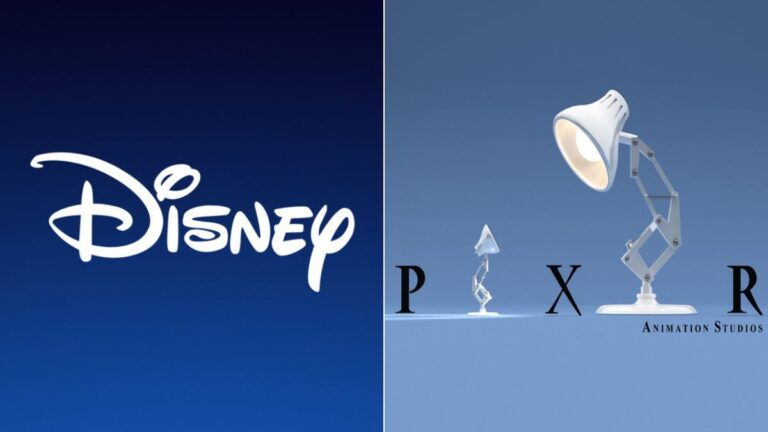When And Where Does Beauty and the Beast Take Place?
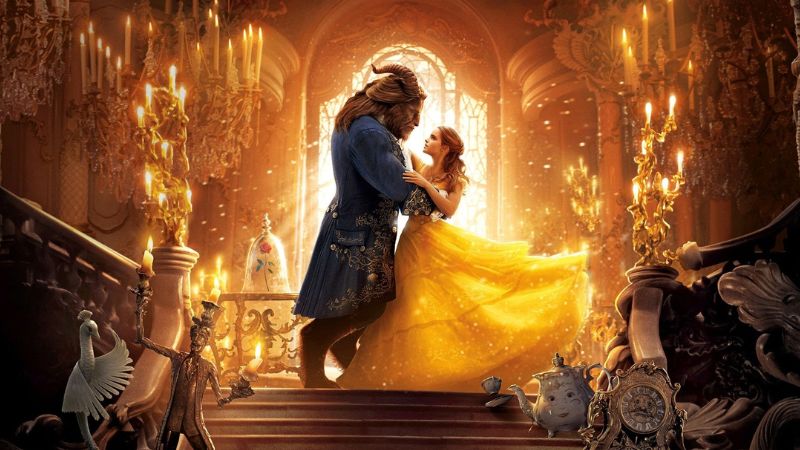
The timeless tale of “Beauty and the Beast” has captured the hearts of many generations with its captivating storyline and enchanting characters. The story follows the journey of Belle, a young woman who falls in love with a cursed prince and must learn to look past his appearance to see the beauty within. However, the question of when and where the story takes place remains a mystery to many.
“Beauty and the Beast” is believed to take place in 18th-century France, based on the French elements present in the story, such as the characters’ names and the castle’s design. However, the presence of magical elements, such as talking objects, make it difficult to pinpoint a specific time and location.
The world of “Beauty and the Beast” is filled with magical elements, from talking household objects to a cursed prince, which adds to the mystery surrounding its setting. Some clues can be found within the story, such as the presence of French elements in the characters’ names and the castle’s design. However, the exact time period and location of the story remain open to interpretation, leaving room for speculation and imagination.
The Origins of “Beauty and the Beast”
The story of “Beauty and the Beast” has become a beloved classic in Disney’s animated and live-action films. The origins of the Disney version of the story can be traced back to the 1946 French film “La Belle et la Bête,” which inspired Walt Disney to create his own adaptation.
Disney’s animated version of “Beauty and the Beast” was released in 1991 and became an instant hit, winning two Academy Awards and earning critical acclaim. The film features Belle, a book-loving young woman, who is taken captive by a cursed prince who must learn to love and be loved in return to break the spell.
In 2017, Disney released a live-action adaptation of “Beauty and the Beast,” which starred Emma Watson as Belle and Dan Stevens as the Beast. The live-action film was a box office success and received mixed reviews from critics.
Despite the many adaptations of “Beauty and the Beast,” the story’s message remains the same: to look beyond appearances and to see the beauty within.
The Cultural Significance of the Story
The story of “Beauty and the Beast” has held cultural significance throughout history, touching on themes of love, transformation, and inner beauty. The story has been adapted and retold in various forms of media and has become a symbol of hope and redemption for many.
One of the cultural significances of the story lies in its message of looking beyond appearances. The story teaches us to appreciate people for who they are on the inside rather than judging them by their physical appearance. This message is especially relevant in today’s society, where superficiality and social media have led to an emphasis on physical beauty and a lack of appreciation for inner qualities.
Additionally, the story of “Beauty and the Beast” has been interpreted as a metaphor for transformation and redemption. The Beast’s curse is a reflection of his inner demons and flaws, and his transformation into a prince represents his redemption and growth as a person. This theme resonates with audiences who have gone through their own struggles and transformations, making the story even more culturally significant.
Analyzing the Clues within the Story
Analyzing the clues within the story of “Beauty and the Beast” can provide insights into its possible setting. The story features a number of elements that provide hints, such as:
- Characters’ names: The names of the characters, such as Belle, Gaston, Lumiere, and Cogsworth, are all French, suggesting a French setting.
- Architecture: The castle’s design reflects a French architectural style, featuring elements such as turrets, arches, and stained glass windows that were popular during the 18th century in France.
- Fashion: Belle’s iconic yellow ballgown resembles the fashion of the 18th century in France.
These clues provide strong evidence that the story takes place in France during the 1700s. However, the presence of magical elements, such as talking objects, adds to the ambiguity of the story’s setting, making it difficult to pinpoint a specific time and location.
The Role of French Culture in the Tale
The role of French culture in the tale of “Beauty and the Beast” is significant and can be seen in various aspects of the story. From the characters’ names to the architecture of the castle, French culture plays a prominent role in the tale’s setting and atmosphere.
One of the most obvious examples of French culture in the tale is the characters’ names. Belle, which means “beautiful” in French, is the main character’s name, and many of the other characters, such as Gaston, Lumiere, and Cogsworth, also have French names.
The castle’s design is another significant element of French culture in the tale. The castle features Gothic and Baroque architectural elements that were prominent in French architecture during the 18th century. Additionally, the stained-glass windows and chandeliers reflect the ornate and luxurious style that was popular in French design during this time.
French culture is also evident in the story’s music, which features songs that incorporate French lyrics and melodies. The most iconic song from the tale, “Beauty and the Beast,” is sung in both English and French, adding to the story’s French cultural influence.
Examining the Architecture and Fashion of the Time
Examining the architecture and fashion of the time period in which “Beauty and the Beast” is believed to take place can provide further insight into the story’s setting and atmosphere. The story features elements of 18th-century French architecture and fashion, which were prominent during the Rococo period.
Architecture
- Rococo style: The castle’s design reflects the Rococo style of architecture, which was popular in France during the 18th century. The style is characterized by ornate decoration, curving forms, and a playful, lighthearted atmosphere.
- Turrets and arches: The castle features turrets, arches, and other decorative elements that are typical of the Rococo style. These elements contribute to the castle’s grandeur and reflect the opulence of the time period.
Fashion
- Women’s fashion: Women’s fashion during the 18th century in France was characterized by elaborate dresses with corsets, panniers, and hoops. These dresses featured ornate decorations such as lace, embroidery, and ribbons.
- Belle’s yellow ballgown: Belle’s iconic yellow ballgown reflects the fashion of the time period, featuring a corseted bodice and a full skirt with layers of fabric and petticoats.
- Men’s fashion: Men’s fashion during the 18th century in France was characterized by suits with long coats, waistcoats, and breeches. These suits were often made of silk or velvet and featured ornate embroidery.
By examining the architecture and fashion of the time period, we can see how the story of “Beauty and the Beast” fits into its historical context and adds to its overall atmosphere. The Rococo style of architecture and elaborate fashion reflect the grandeur and extravagance of the time period, while also contributing to the fairy tale-like atmosphere of the story.
Comparing and Contrasting Adaptations’ Interpretations
Comparing and contrasting the interpretations of “Beauty and the Beast” adaptations can provide insights into how different adaptations have approached the story’s themes and characters.
One of the most significant differences between adaptations is the portrayal of the Beast. In the Disney animated version, the Beast is portrayed as aggressive and short-tempered, while in the live-action adaptation, he is more introspective and melancholic. This difference in portrayal reflects the changing attitudes towards masculinity and how emotions are expressed in modern media.
Another difference between adaptations is the portrayal of Belle’s character. In the Disney animated version, Belle is portrayed as a passive character who is swept up in the events of the story. In the live-action adaptation, however, Belle is portrayed as a more active character who takes charge of her own destiny and fights for what she believes in.
The portrayal of the story’s themes also differs between adaptations. While the message of looking beyond appearances remains consistent across adaptations, the emphasis on other themes such as female empowerment, family, and redemption can vary.
The Enduring Mystery of the Story’s Setting
The enduring mystery of the story’s setting in “Beauty and the Beast” has captivated audiences for centuries. Despite the many clues within the story, the setting remains open to interpretation, leaving room for speculation and imagination.
One of the reasons for the story’s enduring mystery is the presence of magical elements, such as talking objects and a cursed prince. These elements make it difficult to place the story within a specific time and location, and instead create a fantastical world that is open to interpretation.
Additionally, the story has been adapted and retold in various forms of media over the years, each with their own interpretations of the tale. These adaptations have explored different settings and cultural contexts, adding to the ambiguity of the story’s original setting.
Despite the enduring mystery of the story’s setting, the message of “Beauty and the Beast” remains timeless. The story’s message of looking beyond appearances and seeing the beauty within continues to resonate with audiences of all ages and cultures, making it a beloved classic that will continue to capture the hearts of generations to come.
The Timeless Message of the Tale Despite its Ambiguity
The timeless message of “Beauty and the Beast” remains relevant despite the ambiguity surrounding its setting. The story’s message of looking beyond appearances and seeing the beauty within is a universal theme that resonates with audiences of all ages and cultures.
The tale teaches us that true beauty comes from within, and that we should not judge people based on their physical appearance. This message is especially relevant in today’s society, where there is an emphasis on superficial beauty and a lack of appreciation for inner qualities.
Furthermore, the story’s message of transformation and redemption is also timeless. The Beast’s transformation from a cursed creature to a prince is a metaphor for personal growth and the potential for change. This message encourages us to look beyond our flaws and see the potential for transformation and personal development.
Despite the ambiguity of the story’s setting, the enduring message of “Beauty and the Beast” continues to capture the hearts and imaginations of audiences worldwide. It reminds us to look beyond appearances and see the true beauty and potential in ourselves and others.

